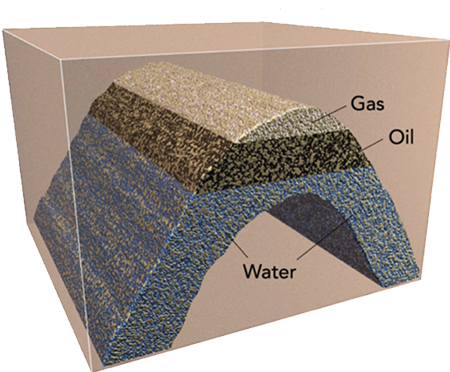Global Agency of Geosciences Experts
Global Agency of Geosciences Experts
This course introduces to reservoir geology, reservoir rocks, fluid distribution, reservoir geometry, logging tools and logging analysis theory.
Profesionnals with a Scientific background.
Background in Geosciences, petroleum geology or basic Petroleum Engineer knowledge
5 Session






 Geoid Training available
Geoid Training available

What does the Reservoir Geologist have to work with?
What is the Reservoir Geologist’s role?
Source rock types, maturation and migration.
Main types of traps
Depositional parameters controlling petrophysics
Reservoir properties: definition of the porosity,
porosity vs. depth,
net-pay,
permeability,
capillary pressure,
water saturation,
pore geometry.
Pressure vs. depth and overpressures.
Fracture porosity.
Water distribution.
Porosity vs. permeability relationships
Quiz
Wetting and non-wetting fluids
Capillary pressure, pressure vs. depth, fluid contacts
Example from a deltaic environment
Sedimentology, impact on reservoir characteristics
Quiz
Principles of mapping and contouring reservoir parameters Hydrocarbons in place evaluation
Reserves concept
Quiz
SP,
gamma ray,
neutron porosity tool,
bulk density tool, sonic log and electrical resistivity tools
Examples (analysis to be carried out by the students)
Quiz
Practical applications will allow the student to work with the Rock model, lithology identification on porosity tools, shaliness, effective porosity, Rw determination, hydrocarbons effect and Sw computations, both non shaly and shaly formations
Examples (analysis to be carried out by the students)
Quiz







If you require a classroom training or a video training we’ll put you in contact with the best professor teaching in the language of your choice.
© 2022 All rights reserved